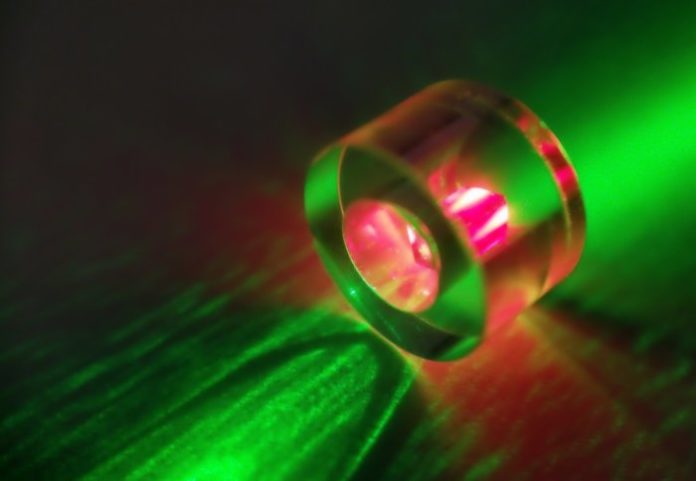Masers (microwave amplification by stimulated emission of radiation), the more established, microwave recurrence kin of the laser, was concocted in 1954. However not at all like lasers, which have turned out to be far-reaching, masers are substantially less broadly utilized in light of the fact that with a specific end goal to work they should be cooled to temperatures near total zero (- 273°C).
In any case, another examination from Imperial College London and UCL, published in Nature, reports out of the blue a maser that can demonstration ceaselessly at room temperature.
Scientists used a synthetic diamond grown in a nitrogen-rich atmosphere to create a new maser that operates continuously.
Carbon atoms were ‘knocked out’ from the diamond using a high energy electron beam, creating spaces known as ‘vacancies’. The diamond was then heated, which allowed nitrogen atoms and carbon vacancies to pair up, forming a type of defect known as a nitrogen-vacancy (NV) defect center.
When placed inside a ring of sapphire to concentrate the microwave energy, and illuminated by green laser light, the researchers found that the maser worked at room temperature and importantly, continuously.
Lead researcher Dr Jonathan Breeze, from Imperial’s Department of Materials, said: “This breakthrough paves the way for the widespread adoption of masers and opens the door for a wide array of applications that we are keen to explore. We hope the maser will now enjoy as much success as the laser.”
Co-author Professor Neil Alford, also from Imperial’s Department of Materials, said: “This technology has a way to go, but I can see it being used where sensitive detection of microwaves is essential.”
The group who influenced the revelation to state masers could be utilized as a part of a scope of utilization, for example, therapeutic imaging and airplane terminal security examining. They have all the more generally been utilized as a part of profound space correspondence and radio cosmology.
And additionally medicinal imaging and air terminal security filtering, masers could assume an urgent part in enhancing sensors to remotely recognize bombs, a new innovation for quantum computers, and may even enhance space specialized strategies to conceivably discover life on different planets.
The work “Continuous-wave room-temperature diamond maser” by Jonathan D. Breeze et al. Published 21 March 2018 in Nature.
